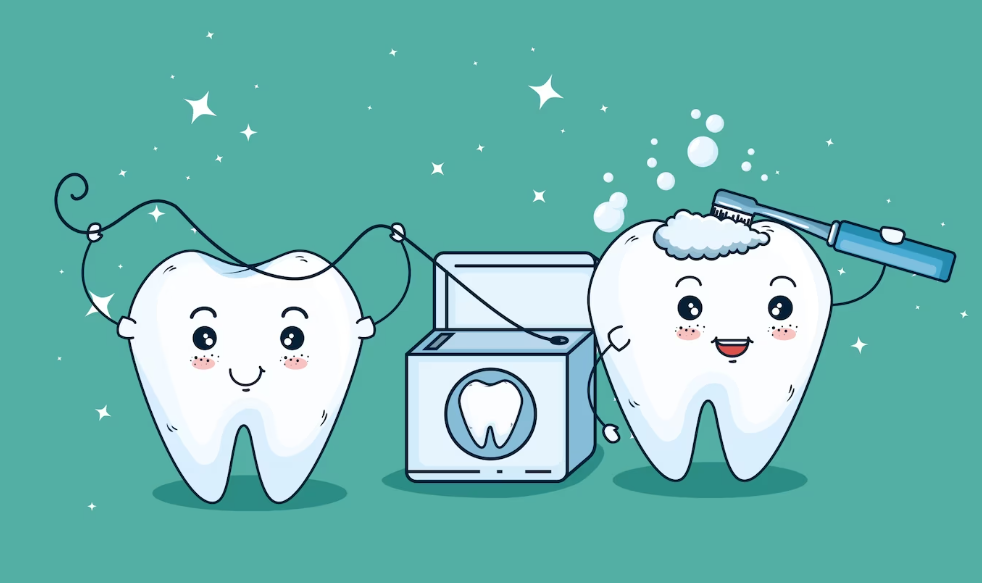Also Known As Dental Radiographs
What are dental X-rays used for?
Dental x-rays are extremely versatile diagnostic tools.
Some of their main uses in pediatric dentistry include:
- Assessing the amount of space available for incoming teeth.
- Checking whether primary teeth are being shed in good time for adult teeth to emerge.
- Evaluating the progression of bone disease.
- Monitoring and diagnosing tooth decay.
- Planning treatment (especially orthodontic treatment).
- Revealing bone injuries, abscesses, and tumors.
- Revealing impacted wisdom teeth.
When will my child need dental X-rays?
Children at average or below average risk for tooth decay and orthodontic problems should have a set of dental X-rays taken every one to two years. Even in cases where the pediatric dentist suspects no decay at all, it is still important to periodically monitor tooth and jaw growth – primarily to ensure there is sufficient space available for incoming permanent teeth.
If the oral region has been subject to trauma or injury, the pediatric dentist may want to X-ray the mouth immediately. Developments in X-ray technology mean that specific areas of the mouth can be targeted and X-rayed separately, reducing the amount of unnecessary X-ray exposure.
The precautions taken to ensure safety
First, the child will be covered in a lead apron to protect the body from unnecessary exposure. Second, the dentist will use shields to protect the parts of the face that are not being X-rayed. Finally, the pediatric dentist will use high-speed film to reduce radiation exposure as much as possible.
If you have questions or concerns about dental radiographs or X-rays, please contact your pediatric dentist.

